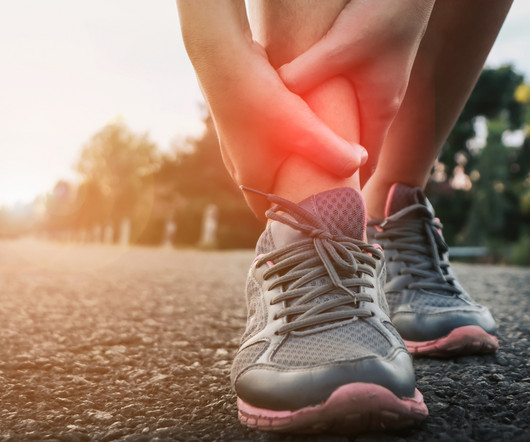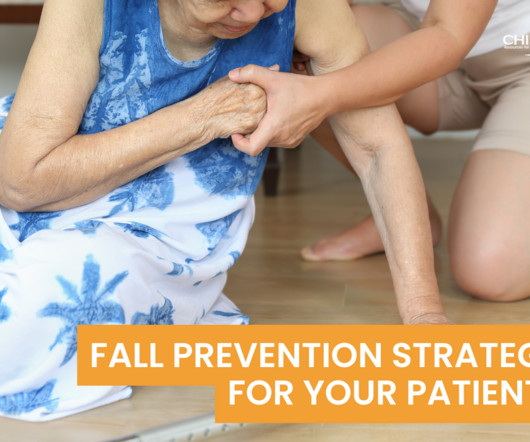Ankle sprains as peripheral and central injuries
Chiropractic Economics
APRIL 11, 2025
A neuroplasticity-informed approach Ankle sprains are among the most frequent musculoskeletal injuries in the US With an estimated four million cases per year. Recognizing ankle sprains as peripheral and central injuries informs a more holistic approach to treatment and prevention.











Let's personalize your content